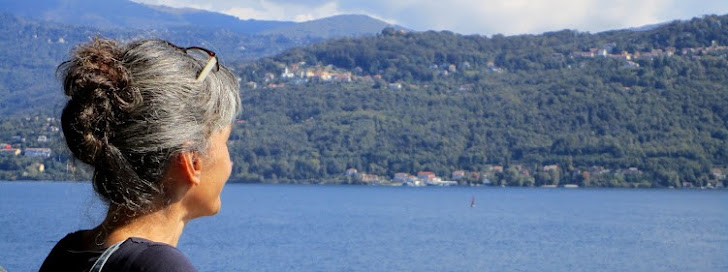For some time now that i feel that i need to know more about the use of visuals for research. Lack of «local» peers to talk about the use visuals in research and the implications of those for the research design, have made me go back to readings... but never really able to discuss what I read.
Apart from not knowing how can I afford going in there, the main issue is getting to prepare my contribution and facing that this would be a great opportunity to learn with other people using visuals for research... and a great opportunity to change my long time fears of talking about my work that turn into procrastination.
Although all sessions are interesting, the ones that address more questions I've been doing to myself are:
«Theory of the image»:
- Panel 1, Visual Mobile Landscapes, because it addresses the issues concerning how mobility is perceived (or mobilities like explained in Urry). I'm not only dealing with artefacts (mobile phones being one of them) but I'm also trying to «capture» what kind of mobilities do workers face for getting work done and how do they perceive it. Historical context is also of important and it is addressed.
- Panel 2, Sociology of the Visual, would be great when I can present the results of my research. But I would like to be expose to research done using visuals in order to have a feel of the problems, solutions and options that people using it as a method face.
«Methodology»
- Panel 7, Integrating fieldwork methodologies using Net and its Tools, cause I feel that I don't need to be re-inventing the wheel when finding/learning how to use existing tools and adapting them to my ongoing needs (although it is one of the things that I like most and that also contributes for what others perceive as procrastination)
- Panel 10, Methodological issues of Visual Data Collection, Production and Presentation, cause I have accumulated so many questions during visual data collection and accompanying readings that I feel like jelly when it turns out to justify the need of visuals as an integral part of the basis of my research set in Information Systems.
«Fieldwork»
- Panel 22, Doing Work, a lot of issues in here, but one of the main connections is about «visible» and «(un)visible» work. When we use visuals we bring the «unvisible» visible by way of image... I'm also dealing with use of information artefacts in «private spaces» that by way of documenting visuals become not-private anymore. «Doing work» anywhere is also an issue for conducting fieldwork and, more often then not, I keep asking myself how to have a more robust work?...
And also the panel 27, that deals with representations in visual research and the need for reflexivity. Trying to address this on my research by expliciting my practices, making visuals of my own artefacts in work context but still, not knowing how to integrate that as part of one of the research layers.



